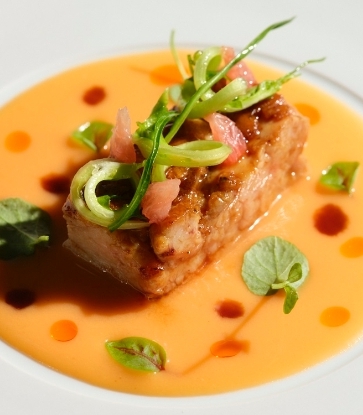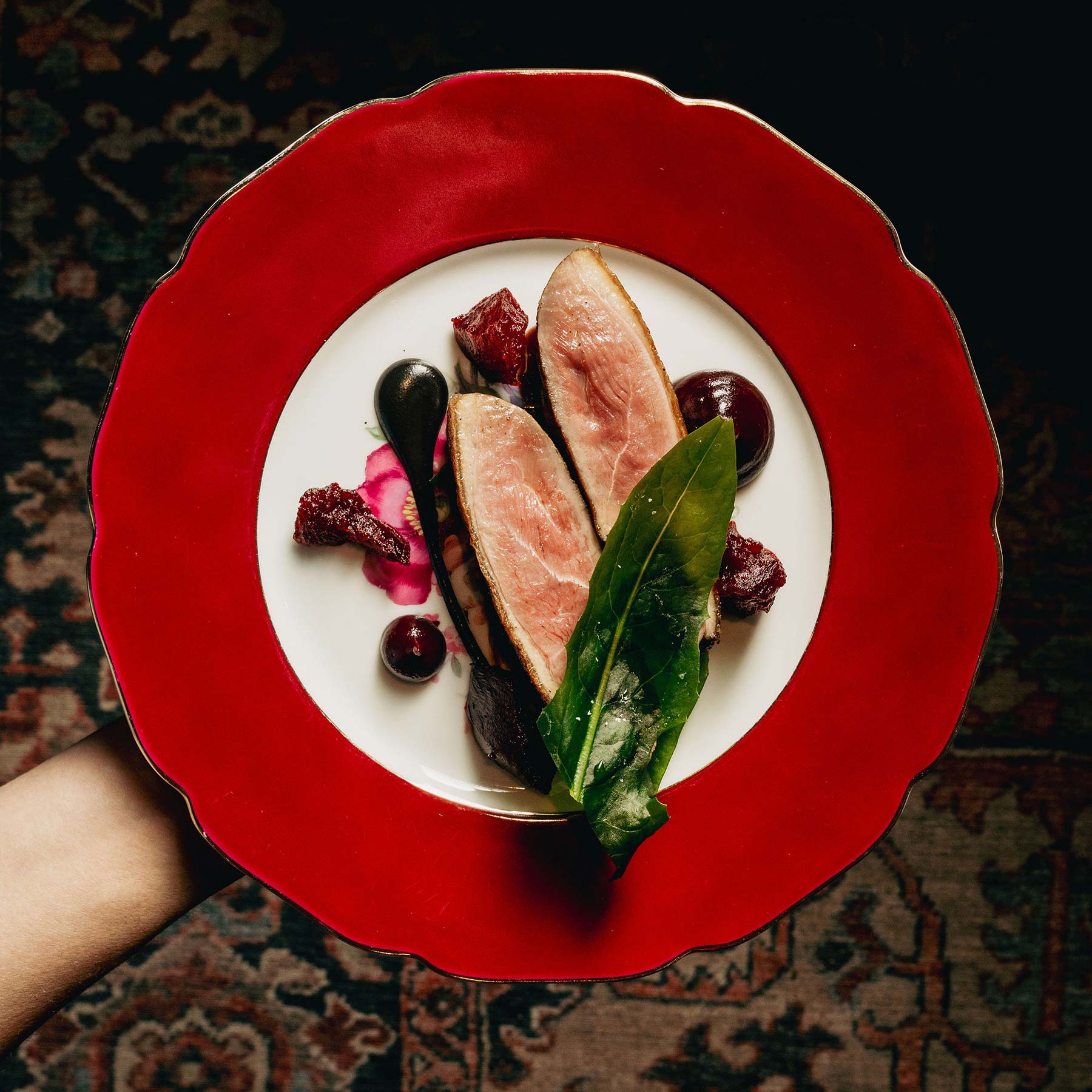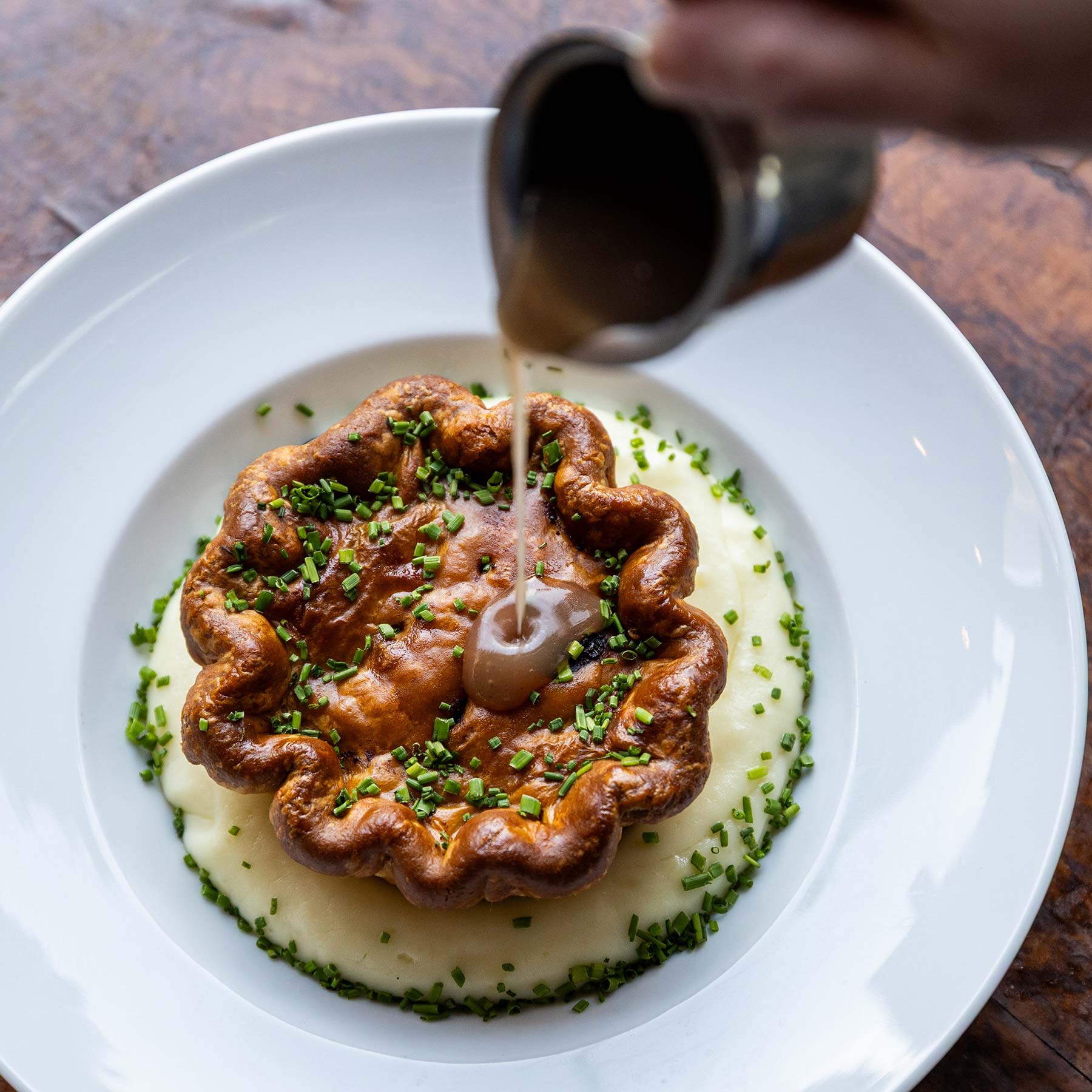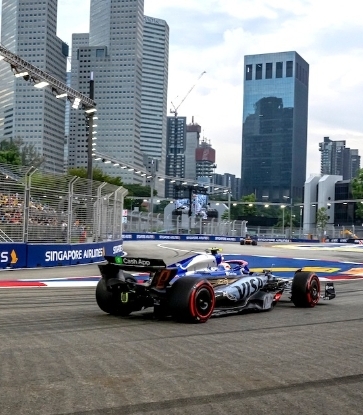It’s easy to tack on a label to nice things — a beautiful dress, a great piece of art, good food. But such simplistic descriptors don’t do justice to the complexity behind these creations. What does “good” even really mean? How much blood, sweat, and tears go into creating something “good”? Here, we invite our MICHELIN Inspectors to share their thoughts on food, and what good food means to them.
The Basic Criteria for Good Food
The MICHELIN Guide is full of descriptions of enchanting meals and delicious dishes, but one thing that all the Inspectors agreed about was that fresh ingredients were the soul of every good dish: “It’s simply not possible to cook a good dish without fresh ingredients.” Is it not possible for a skilled chef to turn frozen ingredients into gourmet food? The Inspectors shake their heads emphatically. “The more masterful a chef, the less he will compromise on the freshness of the ingredients.”
“Some restaurants will bring out their produce for diners to see at the start of the meal, and once you see for yourself the quality of the ingredients, you’ll know that your meal will probably be of a certain standard,” says one Inspector. But the same Inspector also shared that he had unintentionally seen a moldy sea urchin in the kitchen, and knew the meal was doomed before it even began.

The Secret to Transcendent Food
Even with fresh ingredients as the foundation, a memorable dish is not so easily conceived.
When asked, the Inspectors revealed that the chef’s personal touch is also paramount. “A good dish should leave a deep impression. For example, a well-executed steamed fish with soy sauce and green onions is great, but when a chef adds something unique, like Sichuan peppercorn, it elevates the dish. It is this kind of personal distinction that makes a dish memorable, and therefore great.” Moreover, the innate flavor and textural characteristics of each ingredient must be respected. “Maybe the texture of this particular fish is more suited for steaming and frying it does not do it justice.” According to the Inspector, it is therefore necessary to strike a balance between the nuances of the ingredients and the chef’s personal style for a transcendent dish to be created.
Communication is Key
But the creation of a good dish does not end in the kitchen. Behind every dish is a message and emotion that the chef wants to convey, and a good dish is where these are clearly expressed.
The Inspectors share: “How the service team introduces the dishes determines whether the chef's ideas can be conveyed accurately to the diners. For example, many restaurants introduce dishes inspired by ‘grandma's secret recipe’ and the chef’s childhood memories. But the diner who did not have the same childhood, or the same grandma, would not have the same connection! Therefore, when presenting dishes, we must consider how to resonate with diners and yet leave room for the imagination.”

Refining the Palate
So how do Inspectors go beyond “good,” and among good restaurants, decide which are worthy of One, Two, or Three MICHELIN Stars? The benchmark shifts the more an Inspector eats, and the more experience he accumulates over time. “The more we eat, the more we build our personal bank of food experiences. The richer this bank gets, the more we are able to distinguish great food from good food.”
Header Image from Shutterstock




















